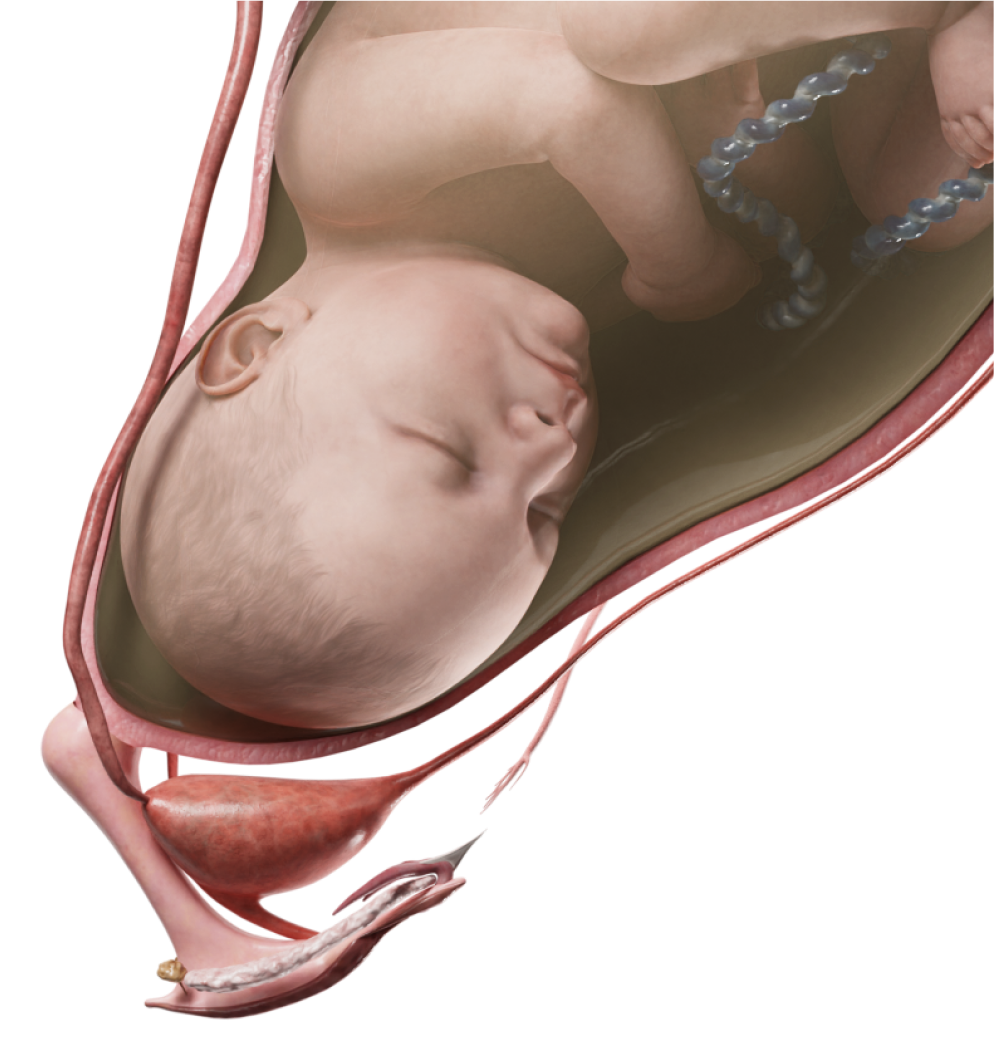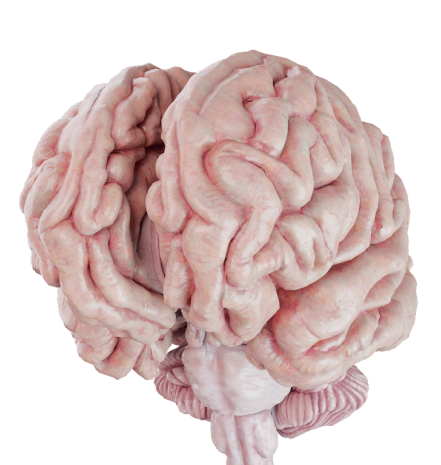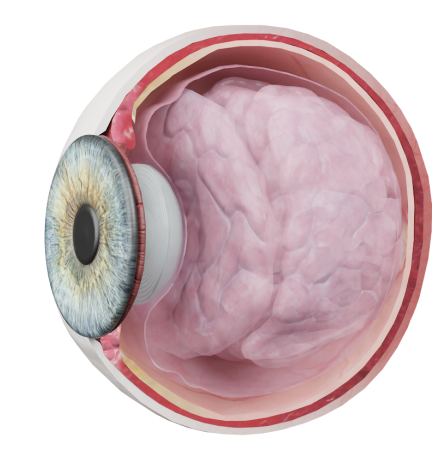Cholecystitis
Cholecystitis is an inflammation in the gallbladder caused by impaired bile outflow. The condition may develop due to a mechanical obstruction by calculi or for other reasons (these forms are referred to as acalculous).
Classification
By type of the disease:
- Acute;
- Chronic.
By etiology:
- Calculous;
- Acalculous.
By clinical and morphological features:
- Catarrhal;
- Phlegmonous;
- Gangrenous.
By severity:
- Mild (limited gallbladder inflammation);
- Moderate (gallbladder inflammation persists for more than 72 hours, its walls bear signs of destructive changes);
- Severe (total gallbladder destruction accompanied by signs of multiorgan failure).
Etiology and Pathogenesis
Inflammation in the gallbladder wall may arise due to certain damaging factors.
Based on the cause, cholecystitis is differentiated into its calculous and acalculous forms.
Calculous cholecystitis develops secondary to cholelithiasis. This occurs when a solitary or multiple calculi obstruct the bile duct or gallbladder neck. The obstruction increases the internal gallbladder pressure and damages its mucosa. Consequently, the gallbladder wall becomes locally atrophic, and biologically active substances and inflammatory mediators are released.
Only 50–75 % of cholecystitis cases secondary to cholelithiasis have a bacterial nature:
- gram-negative species:
- E. coli,
- Klebsiella spp.,
- Pseudomonas spp.,
- Enterobacter spp.;
- gram-positive species:
- Enterococcus spp.,
- Streptococcus spp.;
- anaerobic species — Clostridium spp.
Unlike the calculous form, acalculous cholecystitis is caused by a variety of factors, such as impaired gallbladder contractility, hematogenous infection, systemic conditions, enteric infections, or congenital bile duct disorders (such as choledochal cysts). However, all of these causes follow the same inflammation mechanism in the gallbladder wall that is typically observed in calculous cholecystitis.
Clinical Manifestations
Cholecystitis is associated with a range of signs and symptoms, such as pain, dyspepsia, inflammation, peritoneal irritation, and obstructive jaundice.
In general, pain in cholecystitis typically manifests as biliary colic. The event may resolve on its own or with the help of antispasmodic drugs. The pain is intense. It is typically localized in the right upper quadrant but may sometimes radiate to the adjacent regions (lumbar region, scapula, or arm). As the condition progresses, the pain tends to exacerbate and irritate the peritoneum.
Furthermore, dyspepsia may develop secondary to pain. This syndrome covers nausea, vomiting, and a bitter taste in the mouth. Typically, vomiting, either single-episode or repeated, brings no relief.
Even the first days after onset are marked by a low-grade fever that gradually evolves to moderate pyrexia.
During examination, a healthcare professional should focus on signs of jaundice, including the yellow discoloration of the skin, sclerae, and mucous membranes. When this condition is suspected, dark urine and pale stools are quite common. The primary cause of these symptoms is a calculus, either solitary or multiple, that obstructs (or blocks) the hepatobiliary system.
Diagnosis
Diagnosis is based on clinical evaluation and investigations (both laboratory and instrumental).
Clinical evaluation covers physical examination, vital signs (body temperature, heart rate, respiratory rate, blood pressure), and abdominal palpation.
Laboratory evaluations comprise complete blood count, urinalysis, and blood tests (liver function tests, inflammatory markers, electrolyte profile). In critical patients, the acid-base balance may also be determined.
Investigations:
- Abdominal ultrasound
- Plain abdominal and chest radiography
- Computed tomography (CT)
- Esophagogastroduodenoscopy (EGD)
Treatment
There are both medical and surgical options to treat cholecystitis.
Parenteral or intramuscular nonsteroidal anti-inflammatory drugs (NSAIDs), as well as antispasmodic drugs, are used for pain management. Infusion therapy may be beneficial to reverse any toxic effects of the condition and to restore the electrolyte balance. Antibiotic drugs are preferred when signs of a bacterial infection develop. The exact medications are chosen based on allergy history and the suspected bacterial flora.
If conservative treatment has proven efficient and acute cholecystitis has no complications, elective cholecystectomy may be performed. However, when medications have failed and the condition progresses, emergency surgery is required. In this case, the intervention is most feasible within the first 24–72 hours after the onset.
Surgical methods include laparoscopic cholecystectomy, currently considered the gold standard, or open cholecystectomy via laparotomy. An open cholecystectomy can be performed through either an upper midline incision or an incision in the right hypochondriac region.










